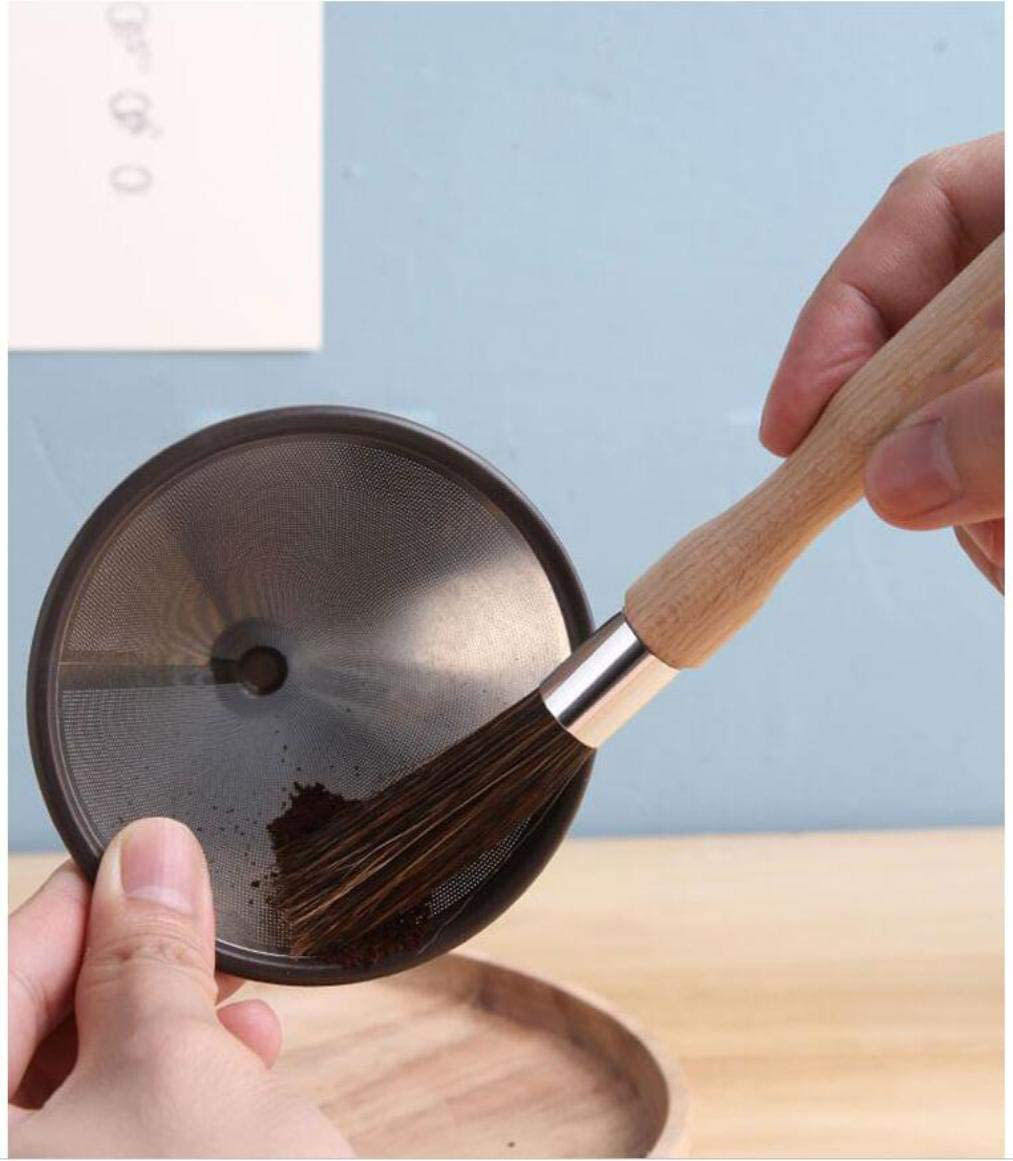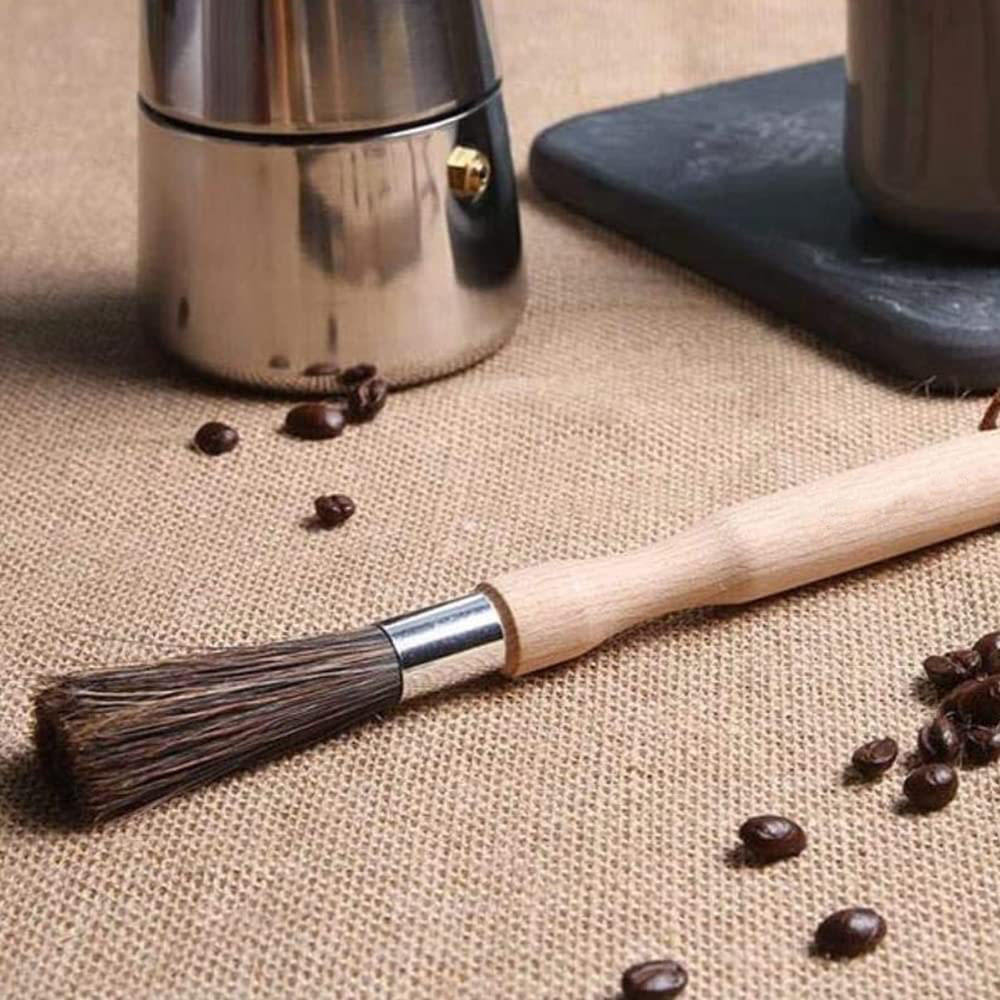Maintaining wooden tool handles is essential to ensure their longevity, usability, and safety. Here are some proven strategies for keeping your wooden tool handles in excellent condition:
- Regular Inspection: Regularly examine your tool handles for signs of wear, damage, or cracks. Catching issues early can prevent them from worsening and help you address them promptly.
- Cleanliness: Clean your tool handles after use, especially if they come into contact with dirt, debris, or chemicals. Use a damp cloth to wipe off any residue, and dry the handles thoroughly to prevent moisture absorption.
- Avoid Moisture: Wooden handles can absorb moisture, which can lead to swelling, warping, and cracking. Store your tools in a dry place and avoid exposing them to excessive humidity or rain.
- Apply Finishes: Apply a protective finish to the wooden handles to shield them from moisture, chemicals, and wear. Options include varnish, wood oil, or beeswax. Reapply the finish periodically to maintain its effectiveness.
- Sand and Smooth: Sand down any rough spots or splinters on the handles to prevent injuries and enhance comfort. Sanding also helps maintain the handle’s appearance.
- Store Properly: Hang or store your tools with wooden handles in a way that prevents them from coming into contact with other tools or surfaces that could cause abrasions or damage.
- Use Properly: Use the right tool for the job and avoid overexerting force on the handle. Applying excessive force can lead to handle breakage or damage.
- Avoid Sun Exposure: Prolonged exposure to sunlight can cause wood to fade and degrade. Store your tools indoors or in a shaded area when not in use.
- Tighten Handles: Check for any loosening of the handle from the tool head. If the handle becomes loose, re-secure it by tapping in a new wedge or applying wood glue if necessary.
- Replace Worn Handles: If a handle becomes significantly worn, cracked, or damaged, consider replacing it. Replacing a handle is often more cost-effective than replacing the entire tool.
- Avoid Chemicals: Keep wooden handles away from chemicals, solvents, and corrosive substances, as they can degrade the wood and finishes.
- Ergonomic Use: Use tools with proper ergonomic techniques to reduce stress on the handle and your hands. This can help prolong the life of the handle and prevent discomfort.
- Rotate Handles: If you have multiple tools with wooden handles, rotate their use to distribute wear more evenly.
- Winter Storage: In colder climates, avoid leaving tools with wooden handles in freezing temperatures. Extreme cold can cause the wood to become brittle and susceptible to damage.
- Repair and Replace: If you notice a crack or split in the handle, address it promptly. Small cracks can often be repaired with wood glue and clamps, while larger issues may necessitate handle replacement.
By following these strategies, you can maintain your wooden tool handles in optimal condition, ensuring they remain functional, safe, and a pleasure to use for years to come.


